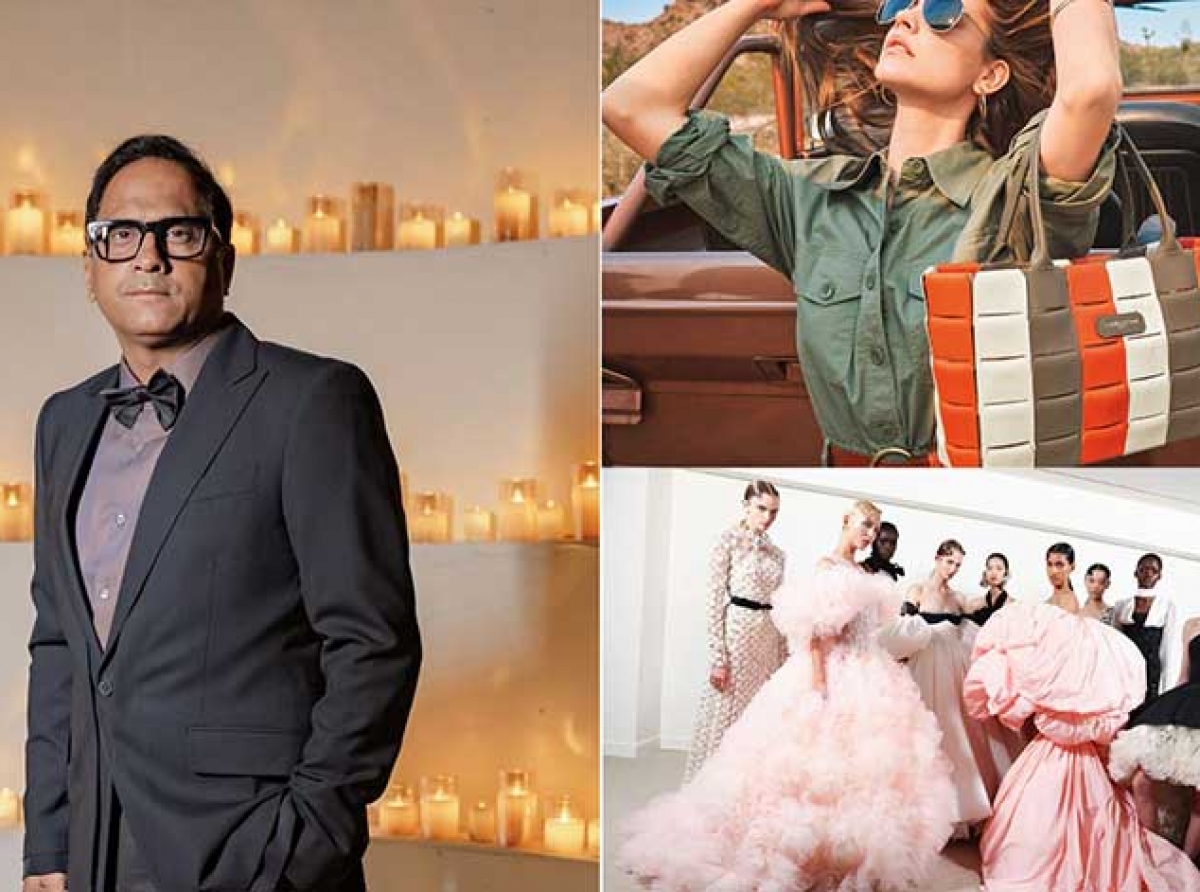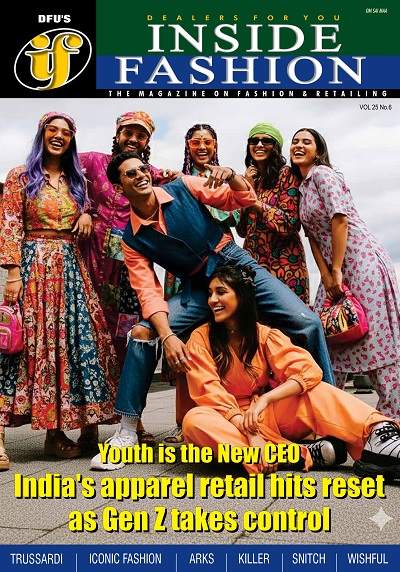From Paris to Mumbai: How new buyers are redefining the meaning of luxury

07 October 2025, Mumbai
Luxury has always been a mirror of society’s aspirations. From the gilded salons of Paris to the marble-floored boutiques of Mumbai, what defines ‘luxury’ has historically been tied to craftsmanship, scarcity, and status.
But in 2025, this once-stable equation is being rewritten. A new generation of buyers, shifting cultural values, and emerging markets are reshaping the industry’s playbook with India increasingly at the heart of the story.
Read our latest issue
From scarcity to storytelling
For much of the 20th century, luxury thrived on scarcity. The idea was simple: few could afford it, and even fewer had access. French couture, Italian leather goods, and Swiss watches carried their power through timeless craftsmanship and closed circles.
But today’s luxury is as much about narratives and values as it is about scarcity.
Social media has cracked open the walls of exclusivity, letting aspirational buyers in through digital windows.
Entry-level luxury items like, handbags, sneakers, fragrances now act as doorways to heritage brands. Bain & Company projects that millennials and Gen Z will drive 70 per cent of global luxury spending by 2030.
For them, luxury isn’t just owning a Birkin, it’s aligning with brands that tell a story of authenticity, sustainability, or digital edge.
The new buyer, generations & geographies
Luxury consumers are no longer monolithic.
Gen Z: They see luxury as a form of self-expression, often through limited-edition drops, luxury streetwear, or even digital collectibles. A Gucci sneaker in Roblox can mean as much as one in Milan.
Millennials: They prioritize experiences over products. Michelin-starred dining, wellness retreats, or sustainable artisanal fashion resonate more than logo-heavy goods.
Gen X & voomers: Still loyal to heritage brands, but increasingly using digital platforms for convenience and access.
Geographically, the story is clear: Asia is luxury’s growth engine.
China remains dominant, but India is fast emerging as the next luxury frontier. With India’s luxury market projected to cross $200 billion by 2030, the country is no longer just an aspirational outpost for global brands, it is becoming central to their growth strategies.
India, luxury’s rising powerhouse
India’s luxury industry is undergoing its own transformation. Once seen as a niche market catering to ultra-high-net-worth families in metros, luxury has spread its wings to Tier 2 and Tier 3 cities, powered by rising incomes, global travel, and digital exposure.
• Reliance Brands Limited (RBL) has brought marquee names like Jimmy Choo, Balenciaga, and Bottega Veneta to India.
• Tata CLiQ Luxury is blending e-commerce with high-end retail, making premium shopping accessible to digital-first buyers.
• Luxury malls like DLF Emporio (Delhi) and Palladium (Mumbai) remain aspirational hubs, but online platforms are widening the reach.
Indian buyers are also unique in their cultural luxury spend weddings, festivals, and heritage jewelry drive demand in ways unseen in Western markets. For many, a Sabyasachi bridal lehenga or a Bulgari necklace is not just fashion but a family legacy.
The digital & experiential turn
Globally and in India, luxury is shifting from products to experiences. The experience economy is booming: curated wellness getaways, luxury travel, and fine dining are as sought-after as couture.
Digitally, the pandemic gave a boost to luxury’s embrace of e-commerce and virtual platforms. Gucci, Dior, and Louis Vuitton have launched metaverse projects, while Indian buyers are increasingly comfortable making high-ticket purchases online. Even luxury resale and rental platforms like The RealReal globally and Luxepolis in India are reframing ownership.
Sustainability and conscious luxury
Another critical shift is the conscious consumer. The new luxury buyer asks: “Where was this made? Is it sustainable? Does it empower artisans?” Hence, brands are focusing a lot more on sustainability. Globally Kering and LVMH have embedded eco-innovation into their operations. In India, designers like Anita Dongre are promoting artisan-led sustainable fashion, merging heritage with modern values. For younger buyers, sustainability is not a marketing add-on; it is part of what makes a product truly luxurious.
Growing focus on hyper-personalization & purpose
The next chapter of luxury will be defined by personalization and purpose. Artificial intelligence and data analytics are enabling brands to tailor experiences from custom couture fittings to curated travel itineraries.
But personalization alone is not enough. Today’s buyers want luxury that stands for something. Inclusivity, cultural authenticity, and social impact are becoming as important as design and craftsmanship.
The bottomline is that the global luxury market is at an inflection point, and India sits at the cusp of this transformation. For some, luxury will remain about heritage and exclusivity. For others, it will be about digital-first experiences, sustainability, or cultural identity.
What unites this evolution is a broader redefinition: luxury is no longer a rigid category but a fluid language of aspiration. It speaks differently in Paris, New York, Shanghai, and Mumbai but everywhere, it is being rewritten by buyers who value experience over excess, purpose over possession, and stories over symbols.
The brands that can weave these threads together will define the next era of global luxury one where India is no longer a follower, but a leader.










